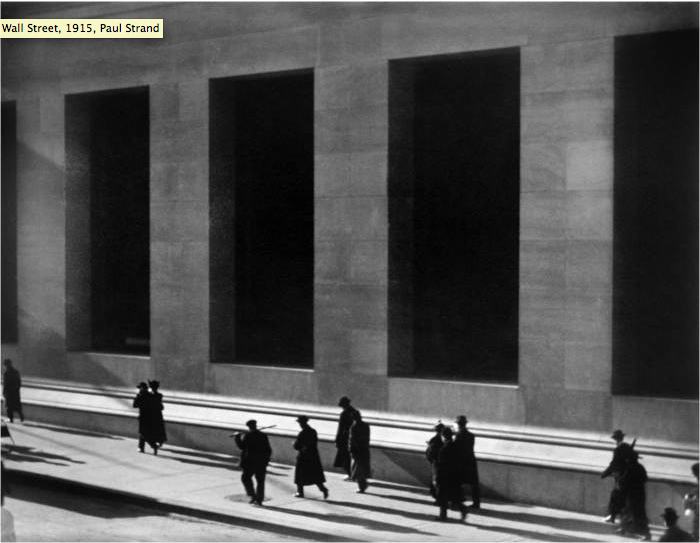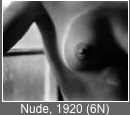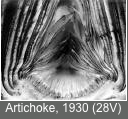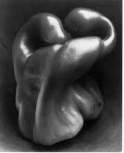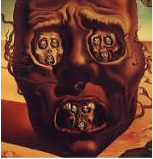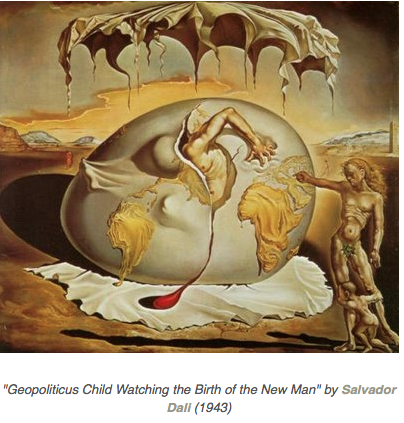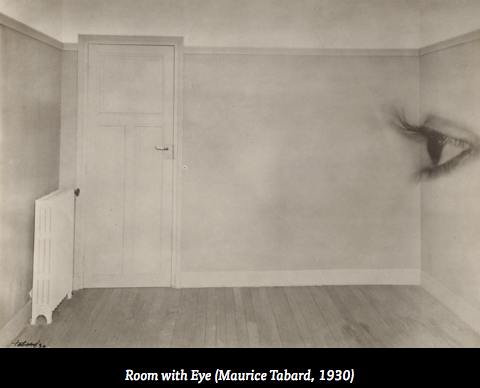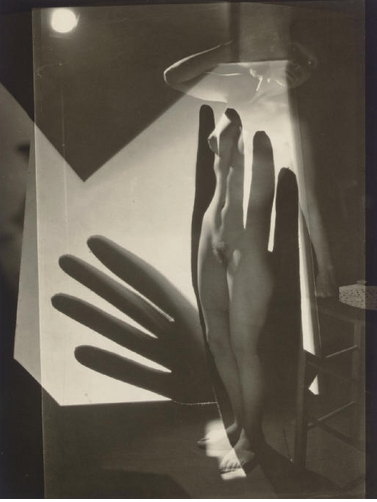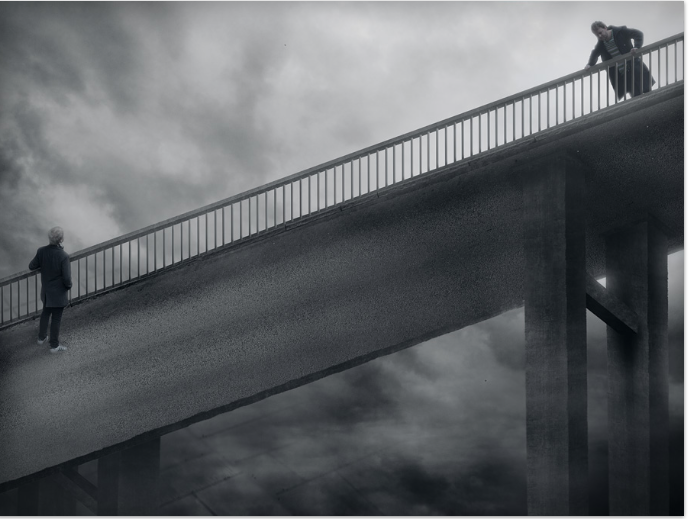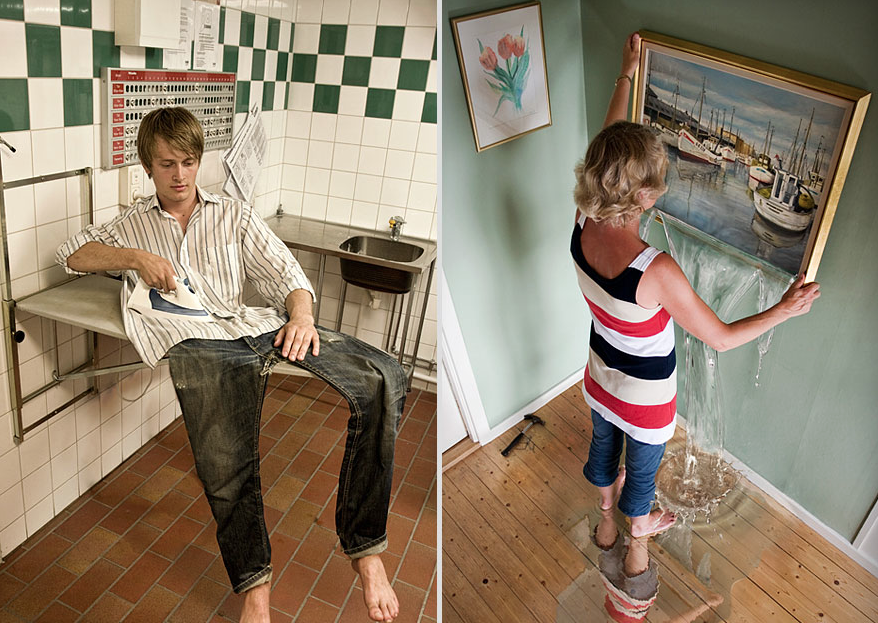Hey all,
welcome to my first blog.
This is a warm up to get me used to the way things work.
Pictorialism, a name given to the artistic style of photography that developed in the late 1860's and was popular through until the early 20th century.
The Pictorialist approach was to emphasise the beauty of the image, it's tonality and composition and less about the reality of the subject. Early photography was becoming more popular and was considered to be just a mechanical process of recording images. The introduction of the first amateur camera by Kodak, in 1888, changed photography forever and made photography accessible to the masses without the need for technical knowledge. By the turn of the century more than 1.5m roll-film cameras had been sold to the American public alone. (Similar to film and digital, nothing stands still ). Many photographers of the time resented that their talent were being taken lightly and sought to change opinion.
Pictorialists made every effort to differentiate their work by using techniques and processes that gave an artistic quality to the images. They used fog, cloud, smoke and mist when capturing an image and would soften and manipulate negatives during processing while printing on rough paper to get the desired effect. For centuries painting had been established as a fine art and now photographers wanted their images, also, to be recognised as art.
Within Pictorialism was another group of photographers, (Photo Secessionists), who sought to differentiate themselves further by elevating photography to be recognised as fine art. They sought to, "bring photography into it's own aesthetic, moving it further away from the realm of painting. The group began to stress purity in their photography, thus turning away from painterly approaches like hand manipulation" (UCR/California Museum of Photography). The group was founded by Alfred Stieglitz (1864-1946), a champion of fine art photography and interestingly, for the time, a supporter of women photographers. It was said that at one time a fifth of the membership of the Photo-Secessionist group were women.
Edward Steichen (1879-1973) was regularly featured in Alfred Stieglitz magazine 'Camera Work' and together they opened the Little Galleries of the Photo-Secession. His images of Gowns in 1911 are regarded as the first modern fashion photographs ever published and from 1923 to 1938 he worked for Vogue, Vanity Fair and many advertising agencies. During this period he was regarded as the best known and highest paid photographer in the world. I find it very interesting that at this time, still an early age in the history of photography, that the pioneers of the time had to reinvent themselves to overcome the challenges of being, 'just another photographer'.
This image, 'The Pond - Moonlight" (1904), a print of Steichens's early pictorialist photograph, sold in 2006 for US $2.9m. At the time, this was a world record and to date is the eight highest price ever paid for a photographic image.
THE POND - MOONLIGHT (1904) EDWARD STEICHEN. Where's the moon on the water, you ask? I know. I love the way this simple image keeps you.

Here is a sample of an image as treated in Lightroom to represent a Pictoralist style, ' The Lake - Sunrise'. Where is the sun, you ask? A modern Pictorialist Image available for the princely sum of A$2.90.



